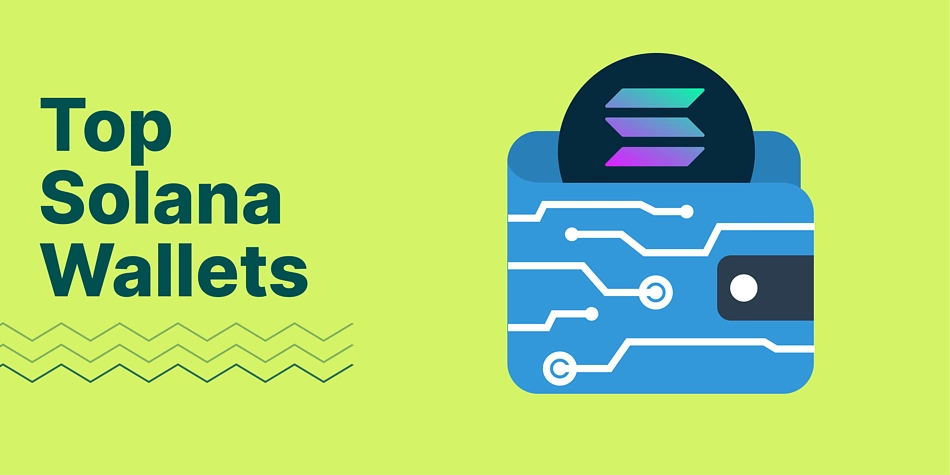Checking Ethereum Transactions & Understanding Transaction Process
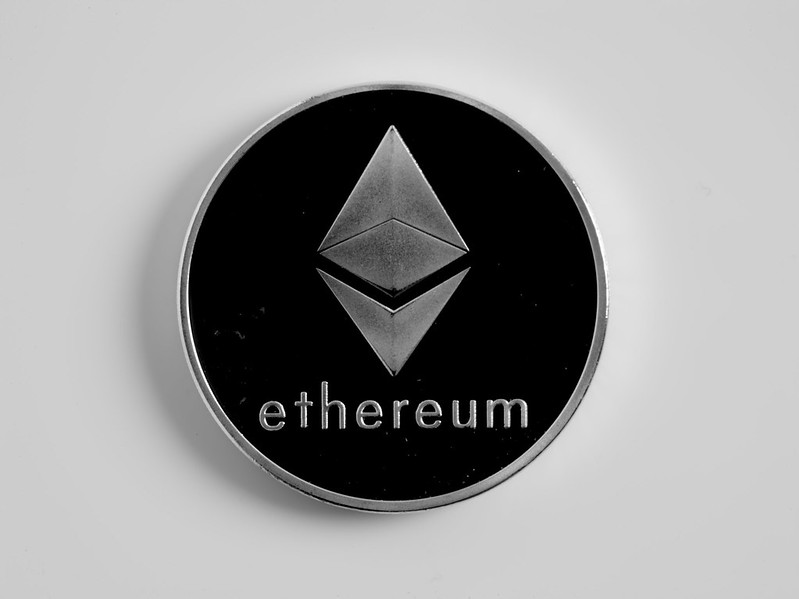
To verify an Ethereum transaction, utilize a blockchain explorer by inputting the hash. This will grant access to various details, including the sender and receiver addresses and the associated gas fees.
External account owners, not contracts, initiate Ethereum transactions. For instance, when User A sends 1 Ether to User B, the alteration of the blockchain’s state occurs through debiting from one account and crediting to another.
The Ethereum Virtual Machine (EVM) executes these changes. To execute Ethereum transactions, they require broadcasting across the entire network. Any node can request the execution of a transaction on the EVM by broadcasting the transaction.
Ethereum Transaction Types Explained
Following the request’s broadcast, a validator can carry out the transaction and disseminate the resulting state change to the network. The Ethereum network incurs transaction fees during validation, including each transaction in a validated block.
- Regular transactions: transactions occurring from one account to another.
- Contract-execution transactions: transactions interacting with deployed smart contracts (the “to” address is a smart contract address)
- Contract-deployment transactions: transactions with no “to” address (the data field is simply used to deploy the smart contract’s code).
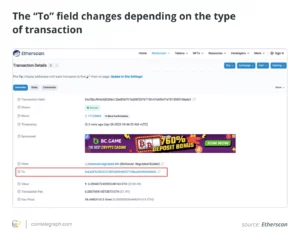
Here’s A Quick walkthrough On How To Trace Ethereum Transactions:
Step 1: Find A blockchain explorer For Ethereum.
Etherscan, Ethplorer, and EthVM are Ethereum-specific blockchain explorers. Others, such as Blockchain.com and Tokenview, enable numerous chains.
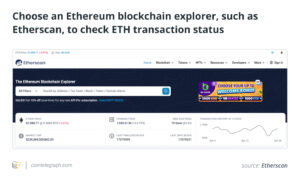
Step 2: Enter The Transaction Hash Into The Blockchain Explorer’s Search Area.
The search field, for example, is positioned in the page’s upper left-hand corner near a dropdown labeled “All Filters.” Depending on the tool, a user can search for information using a wallet address, transaction hash (txid), block, token, or domain name.

The txid is a unique identifier assigned to each transaction. The transaction data shows a unique txid for all on-chain transactions and transactions to and from external addresses.
The platform may also refer to it as a “hash” or “txn hash. It normally appears as a random string of characters and digits. On MetaMask, for example, clicking the “Activity” tab and choosing the transaction displays the txid immediately.

Traders can also utilize their public address (a string of 42 characters referring to their public account) and the txid. They will send users a summary of their wallet activity in this situation, and they can browse the specific transaction independently.
Step 3: Click The Icon For “Search” Or “Enter” On The Blockchain Explorer
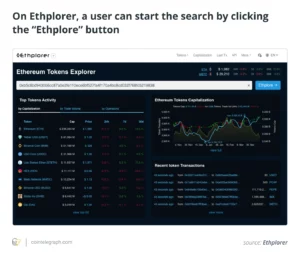
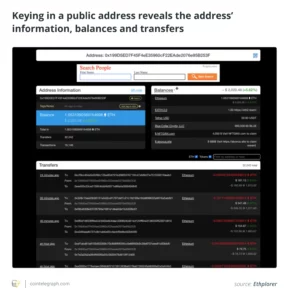
Step 4: Check If The Transaction Was Successful Or Not
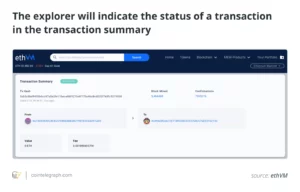
How to Determine Whether an ETH Transaction Was Successful: The blockchain explorer will display information about the transaction’s status. If the blockchain has successfully validated the transaction and it currently exists on the blockchain, it will be marked as “success” or “successful.”
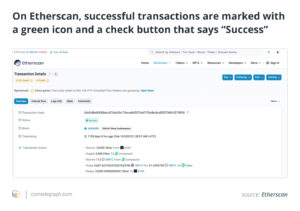
If no errors are displayed, it signifies that the transaction was successful.
Within 24 hours of transmission, the sender must deposit the ETH into the destination wallet or exchange account.
In the case of an Ether transaction failure, however, the following error messages may appear:
Symbol or error message: A red exclamation point or an error notice that says “bad instruction” or “out of gas” indicates that the transaction failed and the money did not arrive at its intended destination. If an “out of gas” error occurs, users can double their chosen gas limit and try again.
Reverted: This is related to a smart contract user mistake. It signifies that the user should double-check the transaction’s information.
Transaction not found: The transaction failed or is not yet visible on the blockchain explorer. Use a different browser. If it still does not display on several ones, likely, it did not get through.
Pending: The transaction is still pending validation or processing but is in the explorer’s pool. A user can sometimes cancel or replace pending payments.
What’s The Processing Time For An Ethereum Transaction?
Depending on the circumstances, transaction processing time on the Ethereum blockchain might range from 15 seconds to five minutes. These considerations include the transaction price and the current activity level on the network.
Transition To Proof-of-Stake Blockchain
After the Merge, Ethereum moved from a proof-of-work to a proof-of-stake blockchain, but transaction speeds have not significantly improved. Despite popular belief, the Merge did not substantially speed up transaction processing.
Slight Improvement In Transaction Processing
However, there was a slight improvement in transaction processing speed after the Merge. Slots occur every 12 seconds, unlike every 13.3 seconds before the Merge. Nevertheless, most users do not notice the difference, as transaction processing time still depends on network congestion and transaction fees.
The Memory Pool &Transaction Waiting Room
Ethereum’s memory pool (mempool) logs the transaction when it is initiated and awaits for validators to pick it up. The mempool functions as a waiting room for pending transactions.
Finalization Of Transactions
After inserting transaction data into a block and adding it to the blockchain, a validator deems the transaction complete. However, it becomes irreversible once six more blocks have been produced and added to the chain.
Checking Transaction Status
By checking the status, traders can confirm the success or failure of their transactions and how many blocks the chain has added since adding their transactions.
The Significance Of Checking A Transaction’s Status For Traders
Participants must pay gas fees to utilize Ethereum’s network for transferring funds or deploying smart contracts. The number of individuals waiting to execute transactions at a given moment influences the cost of these fees, making transaction costs directly proportional to network congestion and demand.
Monitoring Transaction Status
It is crucial to check the transaction status to monitor the network’s cost. Doing so enables traders to keep track of their expenses, but it also assists users in determining whether the gas fee they paid is sufficient to confirm their transaction.
Impact Of Low Gas Fees
High network congestion may cause delays or truncation of low gas fee transactions. Such transactions will remain pending until the gas fees reach the required minimum fees on the network. In such situations, resending the transaction by resubmitting it and increasing the gas fee while maintaining the same nonce is an option.
Transaction Costs & Demand
Transaction costs are highly dependent on the demand for network usage. As demand rises, so do the costs, and vice versa when demand is low. Ethereum participants must be mindful of the network’s state and adjust their gas fees accordingly to ensure prompt execution of their transactions.
Aside from showing the transaction status, Ethereum blockchain explorers can also provide the following useful details:
Timestamp: The transaction is posted to the blockchain on a certain day and time.
Block confirmations: The number of blocks mined has risen due to transaction verification.
Transaction fee: The charge paid to the miner or validator.
ETH price: The value of ETH at the time of processing.
Base fee: The smallest charge necessary to transact on Ethereum.
Gas limit: The maximum quantity of gas the sender allocates to conduct the transaction.
Nonce: When a user submits a new transaction, the unique number that marks the transaction processed on their wallet increases by one.
Traders can keep track of their ETH transactions and ensure they execute them accurately and swiftly by being aware of the above. This contributes to the seamless operation of Ethereum transactions while sending and receiving payments or executing smart contracts. Understanding the status of a transaction can also assist consumers in adjusting their spending patterns and optimizing network consumption.


